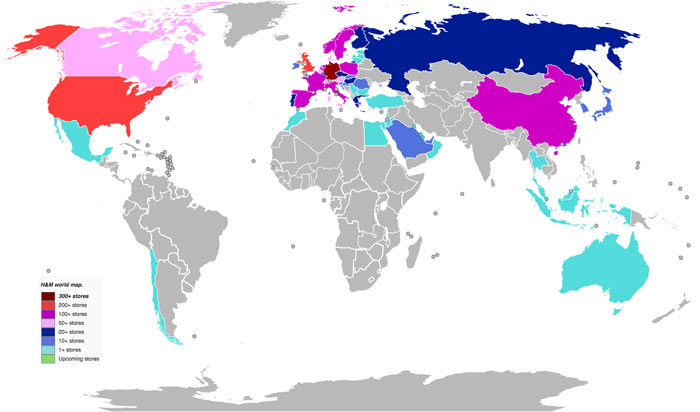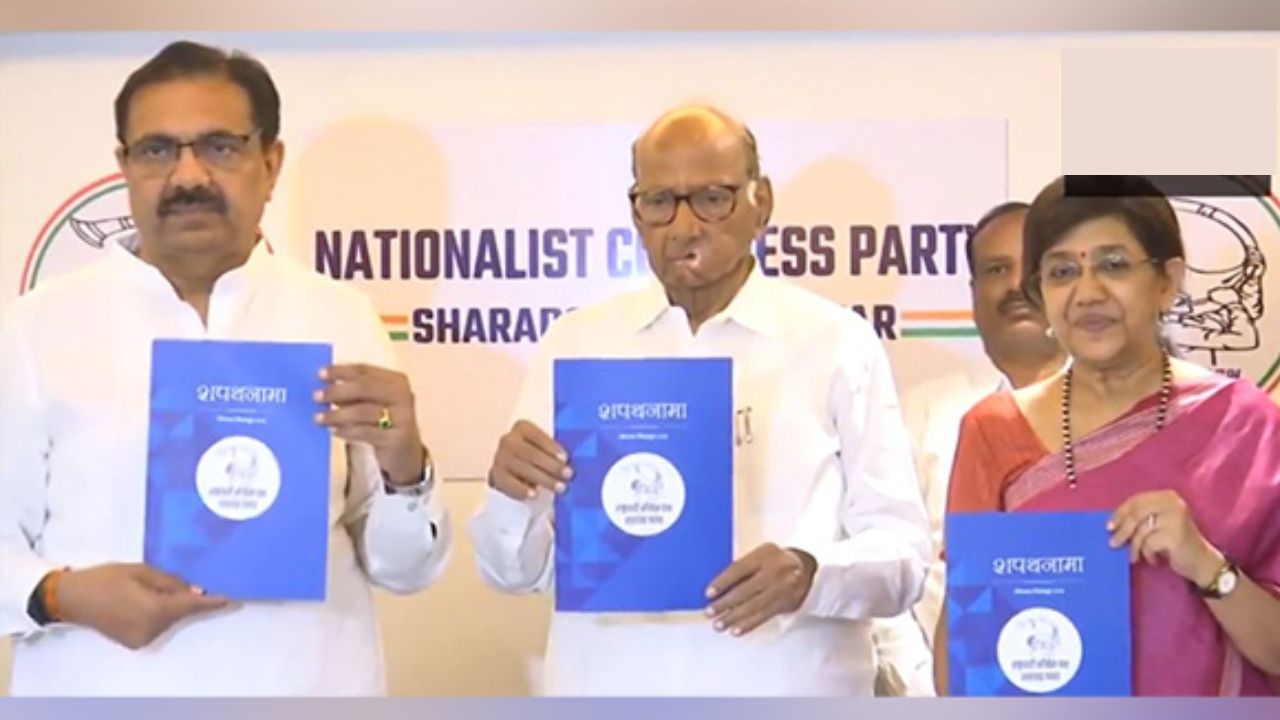Hello H&M: how the retail giant has changed the world of fashion

If you buy into the belief that we Indians are no good at queuing up or waiting patiently for something, swing by Delhi's Select Citywalk mall tonight.
A few hundred people have spent the day in line, disciplined, struggling to find someone to hold their place when they need a loo break, a bottle of water, a bite to eat.
The fact that they're there could strike you as ridiculous, and maybe it is, but it reinforces the extraordinary influence of the shop quietly preparing to open its doors tomorrow.
H&M, world's second largest clothing retailer; 30th on the Forbes list of World's Most Valuable brands; home to cheap, cheerful and chic fashion, opens its first India store on 2 October.
The company's influence on the world of style is hard to exaggerate. Karl Lagerfeld has designed for them. Madonna has designed for them. Jimmy Choo has designed for them.
But H&M isn't about the big names, even though it's partnered with a roster of style rockstars. H&M is about being stylish on the cheap. And they've transformed the world's retail scene while they're at it.
Fast fashion - the genre occupied by the big 5 of clothing, H&M, Zara, Forever 21, Gap and Uniqlo - is complicated.
On the one hand is the legitimate argument that these companies make style accessible, allowing those without significant means to dress better, look better, live better. They democratise fashion.
It's the same argument made for Ikea, with whom H&M shares a Swedish heritage, and it's an important one. Why must stunning always mean expensive? Why can't the utilitarian be stylish? Why must cheap be ugly?
And yet, cheap - especially when combined with 'trendy' - comes with a fallout: disposability.
Today, a piece of clothing can go from design to landfill in one year, living out its hyper-fast life cycle at a pace the planet cannot keep pace with.
H&M, with its insane scale, is part of that problem. It's also among the key players looking for sustainable solutions.
It's hard to exaggerate H&M's impact: since its launch in 1947, H&M has transformed the business of fashion and the retail landscape in every country it operates in.
And the scale of those operations is nothing short of staggering. As we prepare to see how it changes Indian retail, here's a quick look at the company's empire.
- That's the number of stores the company runs in 59 countries, with India being the newest.
- They're aiming to add three stores a day around the world, and take up their Indian presence to 50 stores in the next few years.
- China alone has 279, while the geographically small Netherlands has an astonishing 122 stores. The leader of the shopping pack is still inarguably the United States, though, with 396 stores, while the UK comes in at an impressive 236.

rupees
- That's the amount the company has pledged to invest in India over the next few years.
- A fraction of that will go to rewarding the three women first in line to enter the H&M store when it opens at 11 am on Friday, October 2; each of these fashionistas will win gift cards worth Rs 15,000 for their dedication.
- The next 500 will win gift cards worth Rs 1,000.
- And the first 1,000 visitors to the store all go home with a goodie bag.
- The number of people who create H&M's lineup of fast fashion, including 160 designers, 100 pattern makers, and an unnamed number of design assistants.
- Between them and their network of suppliers globally, they can have clothes go from design to shop floor around the world in a matter of weeks - sometimes, as little as two weeks.
- The number of fashion 'seasons' fast fashion retailers like H&M work on.
- That means H&M has collections in store virtually every week, unlike the traditional fashion season where designers put out four-to-six collections a year. According to Elizabeth Cline, author of Overdressed: The Shockingly High Cost of Cheap Fashion, Forever 21 and H&M deliver new styles to their stores every single day.
- That's at the core of the fast-fashion philosophy; a new production technique that kicked off in the late 80s and early 90s, and changed the definition of trend to reflect 'this minute' rather than this season.
- That's the estimated pieces of clothing H&M makes annually.
- With that type of scale come complex logistics: over 60% of the brand's output is manufactured in Asia, and transported across the globe, primarily by rail and sea - as part of an increased drive toward sustainability, the company almost never uses road or air transport for its products unless unavoidable.
- That's how much of H&M's board is female, making it one of the employers out there that puts its money where its affirmative-action plan is.
- It gets better: 74% of their managers are women.
- The year of H&M's first designer collaboration, with none other than fashion's First Name, Karl Lagerfeld.
- The collection sold out in minutes in virtually every store and set the tone for future collaborations, from the OTT Versace to casual-chic Isabel Marant; the edgy Viktor & Rolf to glamorous Roberto Cavalli; from the iconic Jimmy Choo to the queen of cool, Beyonce.
- But the collaborations have always been about more than money: they are testimony to H&M's clout. That the world's most snobby couture brands lend their names to a company at the other end of the fashion cycle explains, in some part, the queues that form each time an H&M store opens in a new part of the world.







![BJP's Kapil Mishra recreates Shankar Mahadevan’s ‘Breathless’ song to highlight Delhi pollution [WATCH] BJP's Kapil Mishra recreates Shankar Mahadevan’s ‘Breathless’ song to highlight Delhi pollution [WATCH]](http://images.catchnews.com/upload/2022/11/03/kapil-mishra_240884_300x172.png)

![Anupam Kher shares pictures of his toned body on 67th birthday [MUST SEE] Anupam Kher shares pictures of his toned body on 67th birthday [MUST SEE]](http://images.catchnews.com/upload/2022/03/07/Anupam_kher_231145_300x172.jpg)






